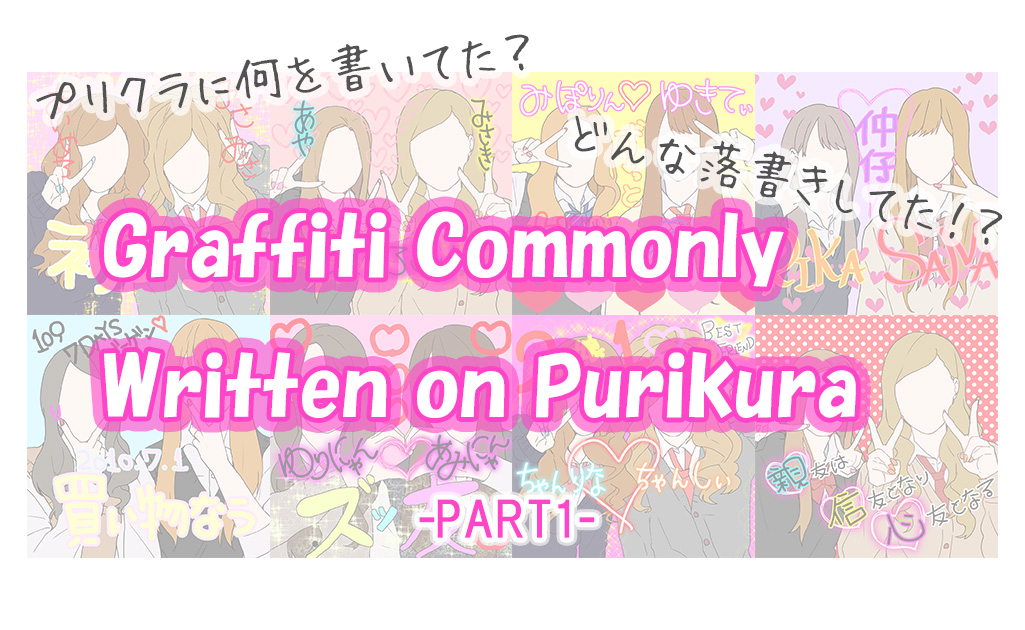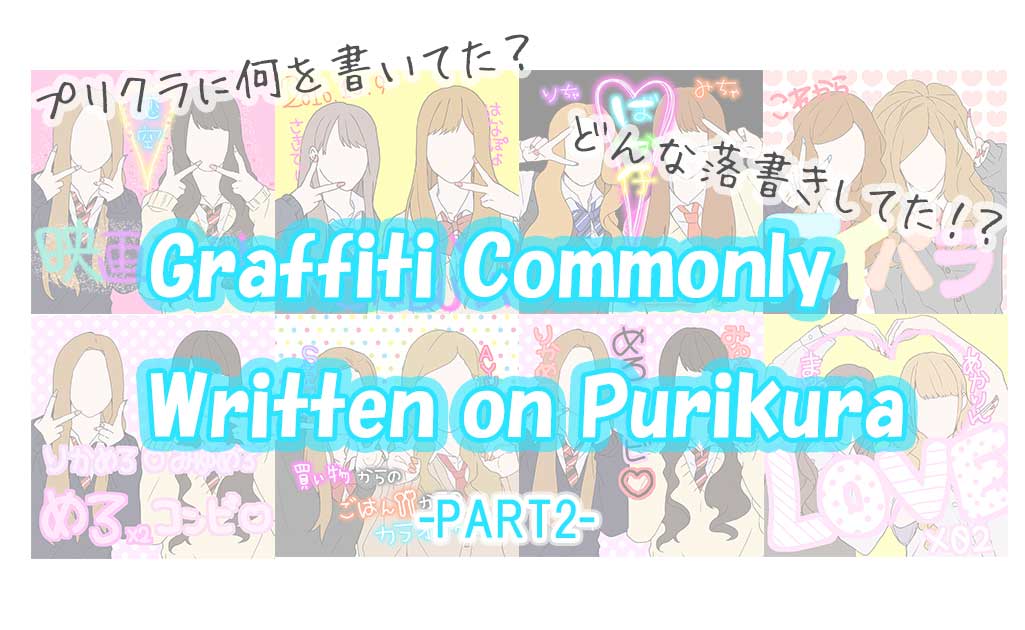In the early 2000s, "Purikura" (photo sticker booths) exploded in popularity.
Popular models often had lines of students and couples waiting at game arcades to use them!
What is essential to such purikura is "graffiti"!!
Many put a lot of effort into the graffiti, which was the final touch to the Purikura.
After all, it was an era when not just the poses and how well you looked mattered, but the level (quality) of the graffiti was important too.
Using a variety of pens and stamps to make it flashy (and sometimes overly decorated) was crucial. Sometimes, spending too much time on the graffiti even led to running out of time...
So, this time we'll introduce phrases (graffiti) that were commonly written during the heyday of Purikura!
Hatsu-Puri(First Purikura)
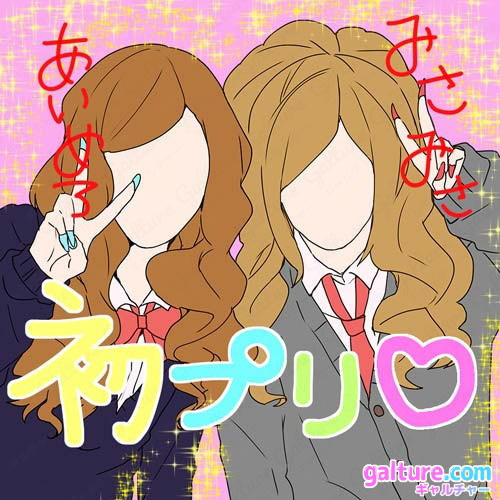
When taking Purikura for the first time with a new group, the phrase most commonly written was "Hatsu-Puri"!
It was popular to make the character for "Hatsu(first)" larger than the rest and to color each character differently for a colorful finish.
Hisa-Puri(Long Time Purikura)
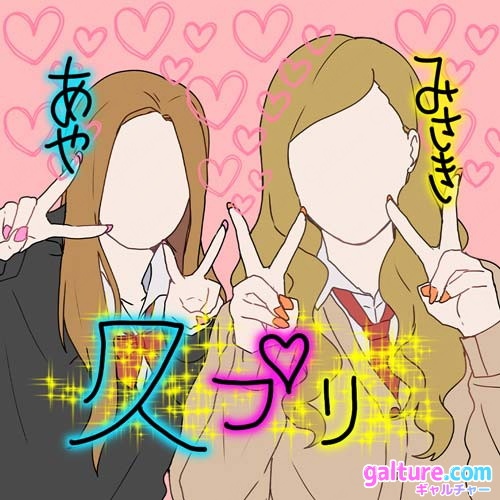
"Hisa-Puri" was often used when taking Purikura with members you haven't seen in a while.
Similar to "Hatsu-Puri(First Purikura)," It was popular to make the character for "HIsa(Long Time)" larger than the rest and to color each character differently for a colorful finish.
Nakayochi / Nakayopi / Nakayosu(Good friends)
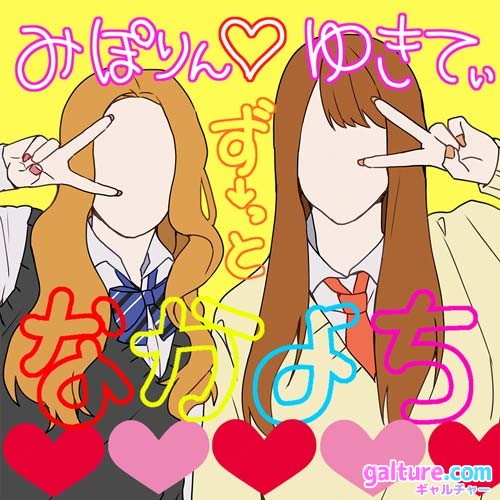
A classic phrase when you have trouble writing doodles!
Writing the standard "nakayoshi" is fine, but it was also popular to rearrange the endings and change them to "yochi", "yopi", "yosu", etc.
Nakako
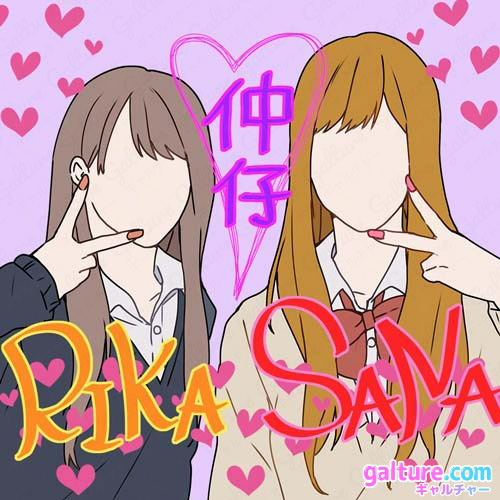
Written as "仲仔" and read as "Nakako."
This was often written when taking Purikura with close friends.
Phrases like "Isshou-Nakako(Friends Forever) ♡" were also popular!
Nikoichi

"Nikoichi," meaning "two as one," would be represented in kanji as "2娘1."
It implied "The two of us are such good friends!"
This phrase was typically written by one of the two friends when taking Purikura together.
Zuttomo / Shinyu
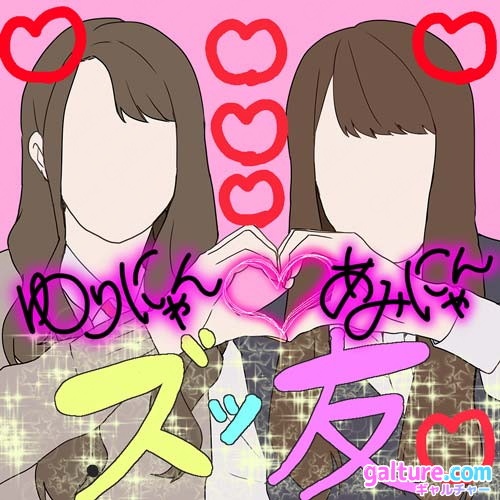
"Zuttomo" is short for "Zutto Tomodachi(friends forever)".
It was written to emphasize the closeness of the friendship.
There were also phrases like "Zuttomo Sengen(Declaration)!".
Shinyu(good friend)
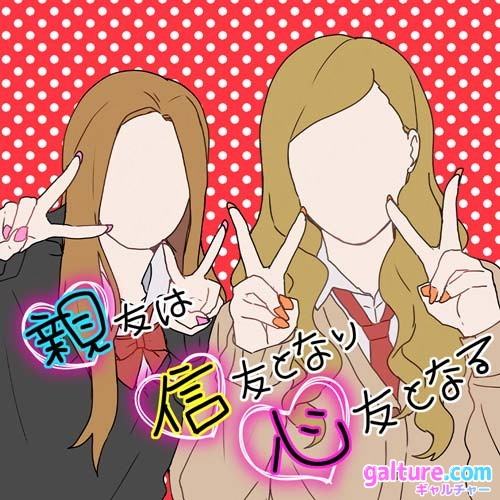
When taking purikura photos with close friends, phrases in kanji such as "新友,信友,心友"(Shinyu(good friend)) are often used!
"信友" means a friend you can rely on, and "心友" refers to a friend with whom you share a deep emotional connection. Both were used with a nuance similar to "Best Friend."
O-Tomo(Dirty Friend)
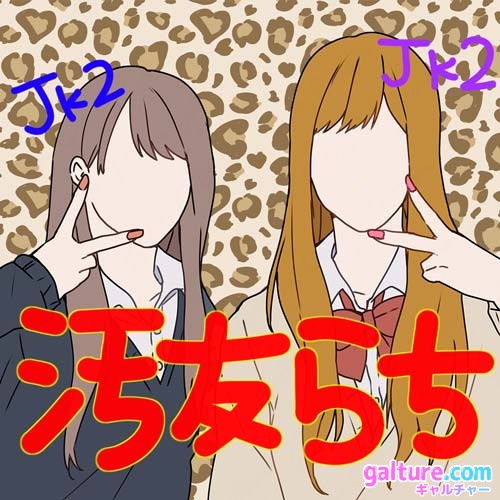
Although it probably doesn't have a deep meaning, it became trendy to prefix "dirty" (汚) to "friend."
It was used in a manner, like "汚友らち♡"
Hatsu-Men / Itsu-Men
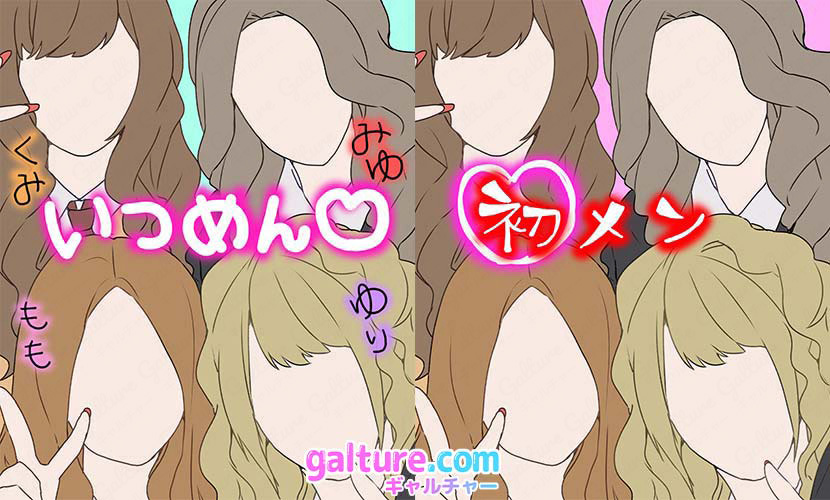
"Hatsu-Men" = "Members for the first time"
"Itsu-Men" = "The usual members"
In other words, these phrases were commonly used when taking Purikura with a new group of friends or with the usual group of friends.
◯◯ Now / ◯◯ Was / ◯◯ Will
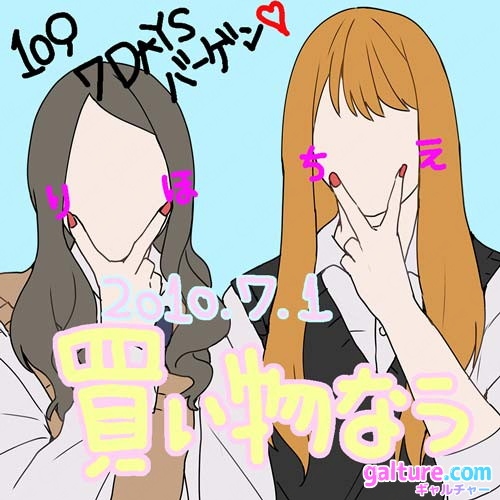
The meanings of each are as follows:
"Now" indicates "currently doing ◯◯, at ◯◯" (present continuous tense).
"Was" means "was doing ◯◯, went to ◯◯" (past tense).
"Will" signifies "will do ◯◯, will go to ◯◯" (future tense).
These are Hiragana representations of the English words "now," "was," and "will."
"Now" was used to describe current activities, "was" for past events, and "will" for future plans.
For example, uses include "shopping now," "tanning salon was," "karaoke will."
"Words that make us feel nostalgic."
Looking back, many of these phrases might make us feel "embarrassed" or "cringeworthy"!
At the time, influenced by dramas like "Gokusen" and "Kisarazu Cat's Eye," there was a trend towards valuing the strength and bonds of friendship, resulting in many phrases designed to showcase the closeness between friends.
The prevalence of school dramas during the 2000s also played a role.
Furthermore, instead of simple graffiti, the trend was to make it flashy, and the sense of style in graffiti was important.
Nowadays, with smartphones being the norm for taking photos, It seems that the number of young people taking photo booths is decreasing.
When taking Purikura now, it seems that the trend is to keep it simple without graffiti.
There may be many words that are difficult for young children today to understand, but I hope they find it amusing and think, "There was a time like this."
